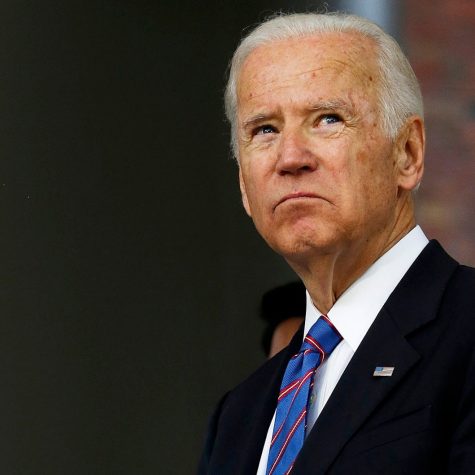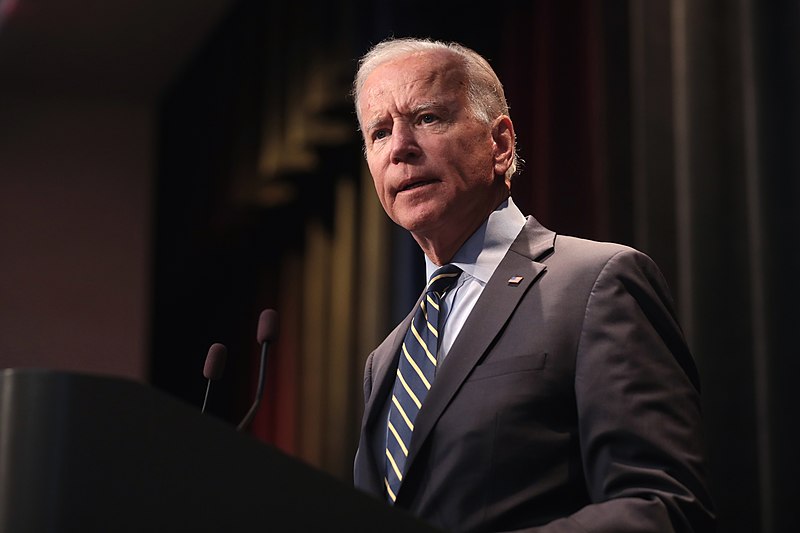The Number of President Biden’s Executive Orders Breaks Records
With 28 executive orders signed in his first two weeks, Biden more than doubles the long standing record.
February 10, 2021
The executive order is one of the more interesting powers given to the President of the United States. It can give direction to any agency or body under the control of the executive branch, but requires no approval from Congress. Congress can’t even overturn an executive order. Their power is limited to passing laws that make the order difficult or impossible to carry out, such as revoking funding. For this reason, they are quite controversial among many.
In the post World War II area, until the election of former President Obama, who signed 9, no president signed more than 4 executive orders in their first two weeks in office. Former President Trump continued this trend with 8, and on February 3rd, President Biden finished his second week in office having signed a total of 28.

Parallels have been drawn between President Biden’s use of the executive order and the veritable king of the executive order: Franklin D. Roosevelt. Whilst popular now, there were more than a few unsavory orders amongst the 3,721 Roosevelt signed during his presidency. The most infamous is likely Order 9066, in which Roosevelt ordered the internment of all Japanese-Americans on the West coast. Over 100,000 people were transported to camps where they would be held prisoner for 2 years.
Of course, none of President Biden’s orders have violated the rights of the American citizen in a way even comparable to Order 9066, but FDR didn’t sign it in his first two weeks in office. That time was reserved for innocuous actions mostly relating to land patents and surveys. Biden’s first orders, however, tend to be far larger in scope and will have wide reaching effects on the population as a whole. The following are descriptions of some of these orders.
On the very day he took office, Biden’s Order 13992 was signed and revoked five separate orders issued by Trump between 2017 and 2019. These include Order 13771; aimed at reducing the regulations imposed by the federal government that are unnecessary, eliminate jobs and/or impose costs to the taxpayer exceeding benefits. Order 13875; which terminated Federal Committees that had already completed their stated objectives, had become obsolete, had costs far exceeding their benefits, or were made redundant by another entity. Order 13891; disallowing Federal Agencies from imposing legally binding requirements on the public without first being approved by Congress. Order 13892; requiring the rules by which the Federal Government may judge their actions to be made readily available to regulated parties. It also doubled down on the inability of Federal Agencies from adversely affecting an individual based on unpublished policy. Finally, Order 13893; which ensured that Federal Agencies had to consider the costs of their actions and take steps to limit them, was revoked.
On day two, Order 13995 formed a task force with the goal of deciding who should be allocated the most and best resources to help fight COVID-19 based on segregating factors such as the race, ethnicity, and gender identity of those who require these limited resources. Day three saw Order 14002; this limits the extent to which State and local governments have to budget and control their spending as well as remove various important eligibility requirements.
On January 28, 2021, Order 14009 was signed with the goal of expanding the Affordable Care Act (also known as Obamacare). Even before the ACA was enacted by former President Obama, questions were raised as to whether or not Medicaid expansion could be forced to be implemented in states that did not wish to participate. It can also be argued that the act violates individual mandate due to the purchase requirement that penalizes anyone who may wish not to participate in the program.
This is just a small sampling of Biden’s executive orders over the last two weeks, and does not even mention further executive actions taken by the current President. Whether or not one believes that these or any of the other new orders are beneficial to the country as a whole, it is not hard to see where many could see their personal liberties being infringed upon.
These two weeks have shown the Biden administration is not against increasing the size and scope of the government where they feel it is necessary. The question is whether or not America agrees.












